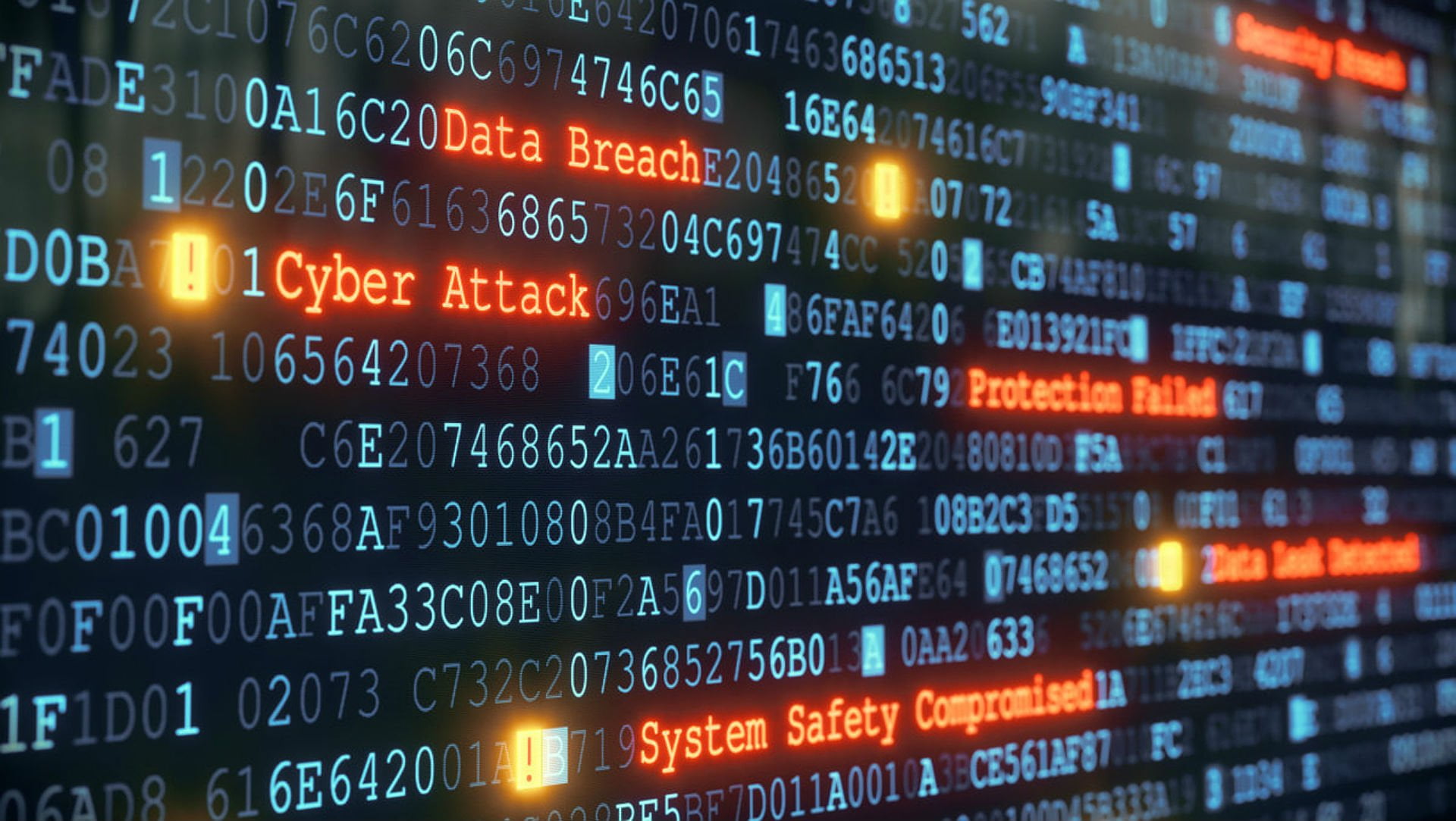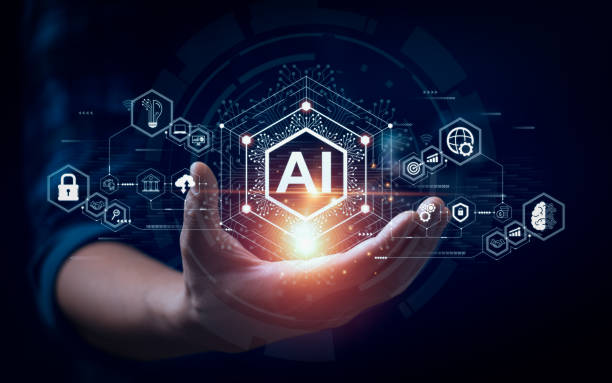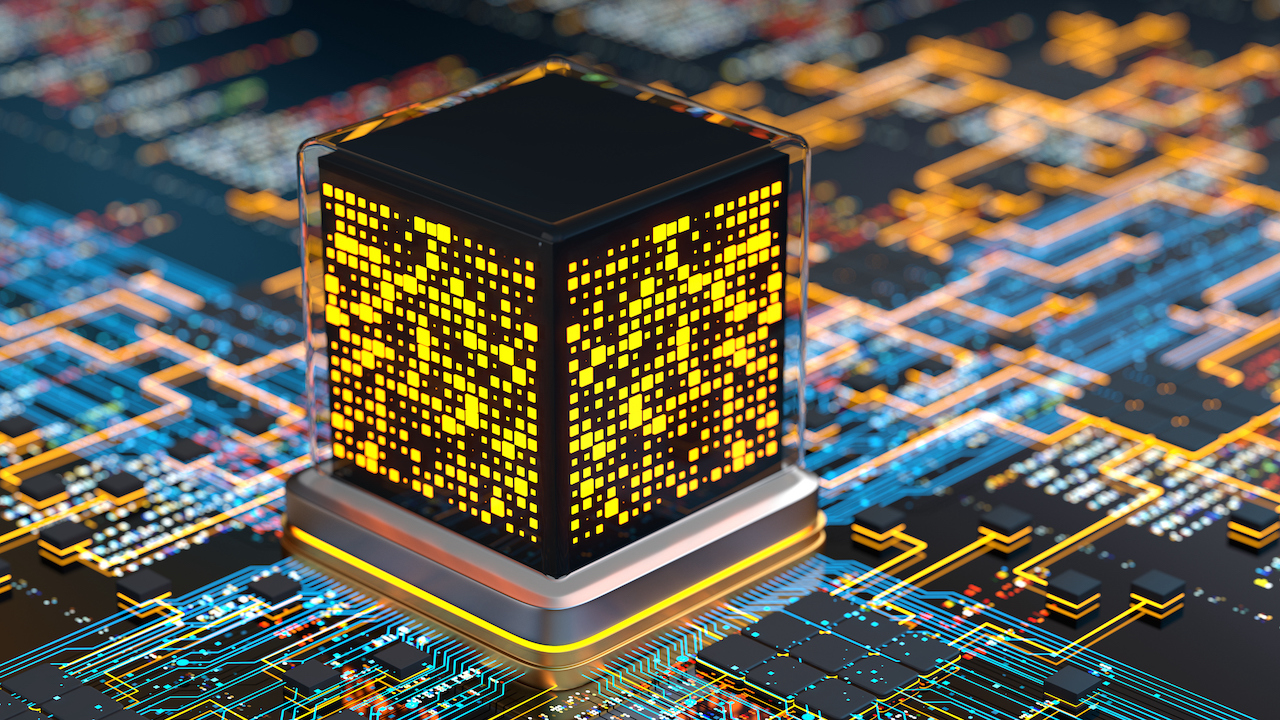The Future of Cybersecurity: Navigating the Digital Frontier

Table of Contents
- 1. Introduction
- 2. AI and Machine Learning: The New Cyber Sentinels
- 3. Quantum Computing: A Pandora's Box of Security
- 4. The Internet of Things: A Sprawling Digital Ecosystem
- 5. The Human Element: The Strongest Link
- 6. Regulatory Frontiers: Navigating the Legal Landscape
- 7. Collaborative Defense: United We Stand
- 8. Conclusion: Embracing the Cyber Future
In our increasingly connected world, cybersecurity stands as the silent guardian of our digital lives. As we venture further into the 21st century, the landscape of cybersecurity is evolving at a breakneck pace, presenting both thrilling opportunities and daunting challenges. Let's embark on a journey through the cutting edge of digital defense and explore what the future holds.
AI and Machine Learning: The New Cyber Sentinels
Imagine a world where your computer systems can predict and neutralize threats before they materialize. This isn't science fiction—it's the promise of AI and machine learning in cybersecurity. These technologies are revolutionizing how we detect and respond to cyber threats, acting as vigilant sentinels in the digital realm.
Artificial intelligence (AI) and machine learning (ML) are reshaping the landscape of cybersecurity, acting as formidable sentinels against an increasingly sophisticated array of digital threats. These technologies have revolutionized how organizations detect, respond to, and mitigate cyberattacks in real-time.
AI algorithms analyze vast amounts of data at speeds beyond human capability, identifying patterns and anomalies that signify potential threats. Machine learning, a subset of AI, enhances this capability by continuously learning from new data to improve detection accuracy and predict future attack vectors.

AI-powered systems can analyze vast troves of data, identifying patterns and anomalies that would be impossible for human analysts to spot. They're learning to think like hackers, anticipating attacks and fortifying defenses in real-time. As these systems grow more sophisticated, we're moving towards a future where cyber defense is proactive rather than reactive.
Quantum Computing: A Pandora's Box of Security
Quantum computing represents a paradigm shift in computational power, promising exponential speed-ups that could revolutionize various fields. However, this transformative potential also casts a looming shadow over cybersecurity.
Traditional cryptographic methods, reliant on the difficulty of prime factorization and discrete logarithm problems, face imminent threats from quantum computers. Algorithms like Shor's algorithm could efficiently break these cryptographic schemes, rendering current data encryption protocols obsolete.
As organizations race to harness quantum computing's potential, they must simultaneously fortify defenses against quantum-enabled threats. The development of quantum-resistant cryptography, such as lattice-based or hash-based cryptography, emerges as a critical research frontier. These resilient algorithms aim to withstand the computational firepower of quantum machines, ensuring data security in the post-quantum era.

But fear not! The same quantum principles that threaten our current systems also offer hope for unbreakable encryption. Quantum Key Distribution (QKD) promises communication channels that are theoretically immune to eavesdropping. The race is on to develop "quantum-resistant" algorithms that can withstand the computational might of quantum computers.
The security landscape stands at a crossroads, where quantum computing offers unprecedented opportunities alongside formidable challenges. Balancing innovation with safeguarding digital assets is pivotal for navigating this quantum-powered future.
The Internet of Things: A Sprawling Digital Ecosystem
Our homes, cars, and even our cities are becoming smarter and more connected. The Internet of Things (IoT) promises convenience and efficiency, but it also vastly expands the attack surface for cybercriminals. Each connected device is a potential entry point for hackers.
The challenge for future cybersecurity experts will be to secure this sprawling ecosystem of devices. We're likely to see the development of new protocols and standards specifically designed for IoT security. Imagine smart homes with built-in intrusion detection systems, or self-healing networks that can automatically isolate and repair compromised devices.
The Internet of Things (IoT) embodies the interconnected web of physical devices, vehicles, home appliances, and other items embedded with sensors, software, and network connectivity. This sprawling ecosystem promises unprecedented convenience and efficiency, revolutionizing industries and daily life alike. From smart homes that adjust temperature and lighting based on occupancy to industrial sensors optimizing manufacturing processes, IoT devices enhance functionality and streamline operations. Real-time data collection and analysis empower informed decision-making, driving innovation across sectors.
However, amid its transformative potential, IoT presents significant cybersecurity challenges. The proliferation of interconnected devices expands the attack surface, exposing vulnerabilities that malicious actors can exploit. Weak authentication, outdated firmware, and insecure data transmission pose risks to privacy and operational integrity.
Securing the IoT ecosystem demands robust strategies encompassing encryption, authentication protocols, and comprehensive monitoring. Collaborative efforts among manufacturers, developers, and policymakers are crucial to establishing standards and regulations that safeguard IoT deployments. As IoT continues to evolve, balancing innovation with security remains paramount. Embracing best practices and proactive measures ensures a resilient and trustworthy digital landscape for the interconnected future.
The Human Element: The Strongest Link
In the midst of all this technological advancement, it's easy to forget the most critical component of cybersecurity: the human element. Social engineering attacks like phishing continue to be devastatingly effective, exploiting human psychology rather than technical vulnerabilities.
In the realm of cybersecurity, amidst all the technological advancements and sophisticated defenses, one crucial element remains consistently vulnerable and unpredictable: the human factor. As organizations fortify their digital perimeters with firewalls, encryption, and AI-driven threat detection, it's often the actions and decisions of individuals that determine the security posture.
Beyond training, organizations must foster an environment where cybersecurity is prioritized and integrated into everyday operations. Clear policies, robust access controls, and regular security assessments mitigate risks associated with human behavior. Moreover, cultivating a mindset of shared responsibility enhances resilience against evolving threats. Collaboration between IT teams, management, and end-users fosters a unified approach to cybersecurity, reinforcing the human element as the strongest link in the defense chain.

As technology advances and threats evolve, the human factor remains pivotal in safeguarding digital assets and maintaining trust. Embracing a holistic approach that values education, awareness, and collaboration ensures a resilient cybersecurity posture, where humans are empowered defenders rather than vulnerabilities.
The cybersecurity of the future will place a heavy emphasis on education and awareness. We're likely to see innovative training methods, perhaps utilizing virtual reality to simulate cyber attacks and train people to recognize and respond to threats. The goal is to transform every individual from a potential weak link into a human firewall.
Regulatory Frontiers: Navigating the Legal Landscape
As cyber threats evolve, so too does the legal and regulatory landscape. We're witnessing the emergence of stringent data protection laws like GDPR in Europe and CCPA in California. The future will likely bring even more comprehensive and globally coordinated cybersecurity regulations.
Organizations will need to navigate this complex regulatory environment, balancing security needs with privacy concerns and compliance requirements. We may see the rise of AI-powered compliance tools that can automatically adapt security protocols to meet changing regulations.
Collaborative Defense: United We Stand
The future of cybersecurity is not just about technology—it's about collaboration. As threats become more sophisticated and far-reaching, no single organization can stand alone. We're moving towards a model of collective defense, where businesses, governments, and security experts share threat intelligence and best practices in real-time.
Collaborative defense goes beyond individual efforts to protect against cyber threats. It embodies a collective approach where organizations, industries, and even nations unite forces to share intelligence, insights, and resources in combating cyber adversaries.
The benefits of collaborative defense are manifold. Beyond enhancing threat detection and incident response, it promotes resilience and agility in adapting to dynamic cyber threats. Collective defense frameworks, such as sector-specific Information Sharing and Analysis Centers (ISACs), facilitate coordinated responses to cyber incidents, minimizing impact and accelerating recovery efforts. However, effective collaborative defense requires a commitment to trust, transparency, and reciprocity among participants. Establishing robust governance frameworks and adherence to data protection regulations ensure responsible information sharing practices without compromising confidentiality or competitive advantage.

Imagine a global network of cybersecurity operations centers, working in concert to identify and neutralize threats. This collaborative approach could dramatically reduce response times and increase our collective resilience against cyber attacks.
In conclusion, collaborative defense is not merely a strategy but a mindset that underscores the strength of unity in combating cyber threats. By forging alliances, sharing knowledge, and fostering a culture of cooperation, organizations can collectively strengthen their cyber defenses and uphold resilience in an increasingly interconnected digital world.
Conclusion: Embracing the Cyber Future
As we stand on the brink of this new era in cybersecurity, one thing is clear: the future is both exciting and challenging. From AI-powered defenses to quantum encryption, from smart cities to global threat networks, the landscape of cybersecurity is transforming before our eyes.
To navigate this new frontier, we'll need to be adaptable, collaborative, and ever-vigilant. But with innovation, education, and cooperation, we can build a digital future that is not just connected, but secure. The cybersecurity of tomorrow is being shaped today, and we all have a role to play in forging a safer digital world.